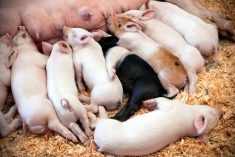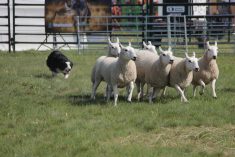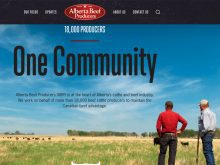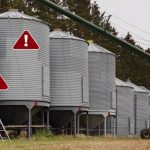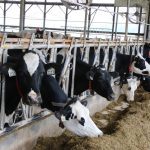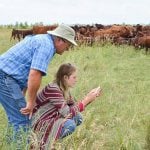On June 4, 2003, just 16 days after the American border slammed shut to Canadian cattle and beef, then-agriculture minister Lyle Vanclief rolled out the first federal aid package Ñ a $312 million injection of money to an industry still in deep shock.
Vanclief and federal officials saw it as a stopgap measure to get cattle producers through until the border re-opened later that summer.
Cattle industry leaders agreed. They were unaccustomed to receiving large dollops of government cash and while they said they appreciated the help, they seemed a bit uneasy in the role of subsidy recipient.
Read Also
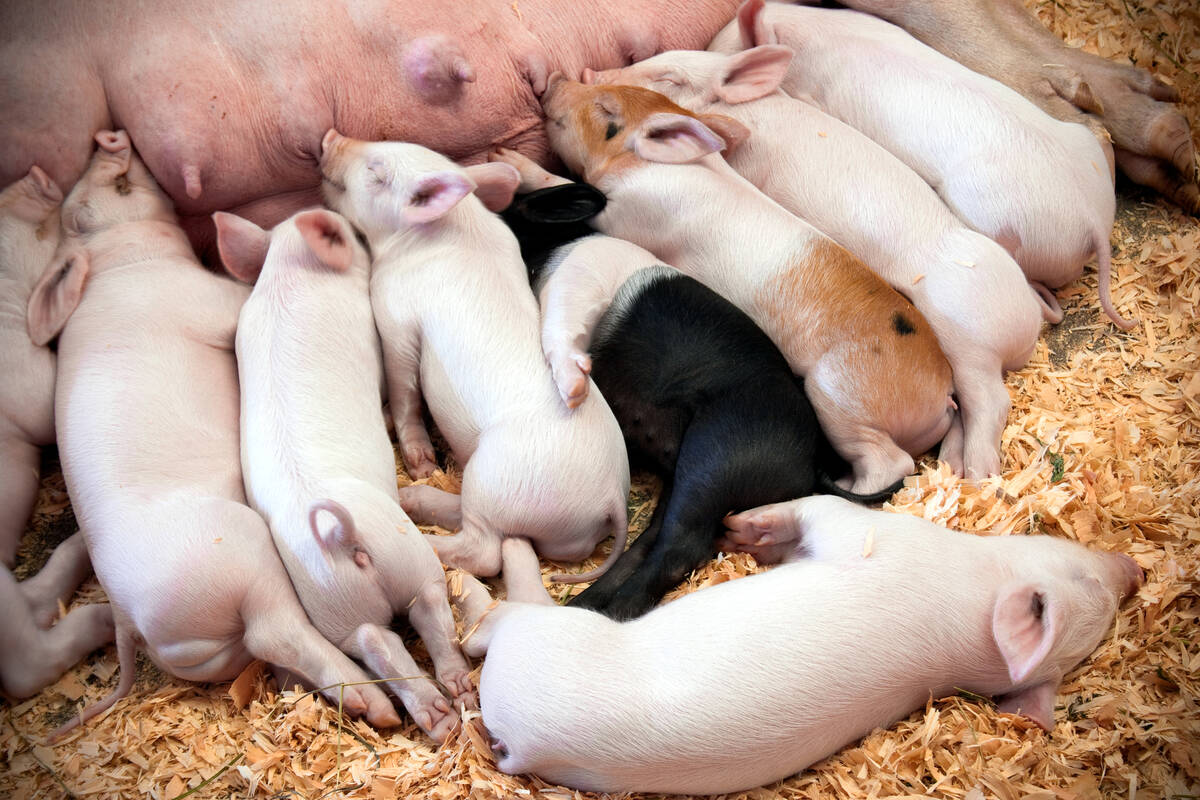
First-time pig mothers may need more lysine
Lysine feed recommendations may fall short for gilt pregnancies when it comes to making sure the mother pig can produce as much milk for her piglets as possible
In the two years since, with the border still closed to cattle and beef from older animals, what seemed novel and stopgap in mid-2003 has become commonplace.
Ottawa has made five major funding announcements that committed $2.462 billion to the cattle industry, announced by three successive federal agriculture ministers.
In addition, more than 20,000 cattle producers received payments under the Canadian Agricultural Income Stabilization program for 2003. For 2004, 33,000 producers were eligible for CAIS cash, although officials at Agriculture Canada will not break down how much CAIS money flows to particular sectors.
Despite allegations that packing companies manipulated prices to keep much of the benefit of the government aid and persistent opposition party criticism about the design of many programs and the speed of aid delivery, industry leaders say they are grateful for government efforts.
Canadian Cattlemen’s Association president Stan Eby said the government aid has helped sustain the industry during its deepest crisis.
“Clearly, the industry would be much poorer and a lot more people would have exited the industry without government support,” he said. “Without that money, lenders would be a lot more nervous about the industry, a lot less willing to take a chance.”
Agriculture minister Andy Mitchell said the government has tried to be creative as it reacts to industry needs.
“At different times, there have been different requirements and we have tried to respond appropriately,” he said. “Generally speaking, I think they have worked well.”
Programs have ranged from direct income injections to money aimed at reducing herd size, increasing packing capacity and helping the industry develop new markets.
Mitchell made particular mention of a per-head special CAIS advance announced last September that sent $122 million to producers.
“That had not been done before and I think it illustrates our ability to be flexible.”
But for all the praise, the criticisms remain.
Forensic auditors hired by the House of Commons agriculture committee continue to investigate the pricing decisions made by packers and buyers after government announcements were made.
Committee chair Paul Steckle, a Liberal MP from Ontario cattle country, insists that packers lowered prices for cattle because they knew government dollars would fill some of the gap.
“I believe there was manipulation and profiteering to ensure the benefit of those dollars did not stay with producers,” he said.
A loan loss reserve program announced last year by Mitchell has so far had little effect on efforts to expand the domestic packing industry, and the minister acknowledged the criticism.
“I feel it has the potential to be effective but I am also willing to listen to proposals to make it better.”
Critics also complained that the design of a federal cull cow program in late 2003 worsened the pricing problem by requiring that cattle be slaughtered before payments were made. The result was a rush to sell and a further collapse of prices.
“Not all programs are designed in a way that accomplishes what they were meant to accomplish,” Eby said. “I think that’s a classic example.”
But for all the debate about effectiveness, he said it is important not to lose sight of the overall picture.
“Whether the benefit of those dollars stayed with the producer will be debated for a generation,” Eby said. “But there is no doubt in my mind that these programs have been positive for the industry.”


